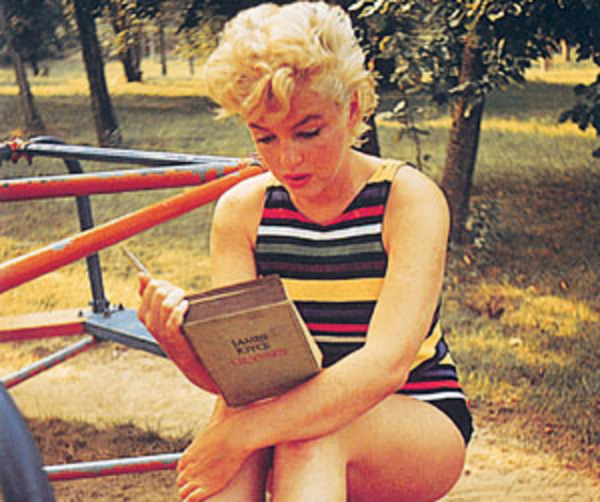 Family Affair
Family Affairb/w "Luv 'N Haight"
Sly & The Family Stone
Released 6 November 1971
Epic 5-10805
Written & Produced by Sly Stone
San Francisco Bay Area native Sly Stone (born Sylvester Stewart) took the music world by storm in the late 60's along with his interracial band, emphasizing a message of hope and empowerment with hit songs like "Stand!," "Dance To The Music" and "Everyday People." But by the end of the decade, the full-bodied sound of the group took a sudden turn that would foreshadow what would eventually be recognized as Sly's most influential work.
"Thank You (Falettinme Be Mice Elf Agin)" was still a communal work by the band, featuring traded vocals by Sly, his sister Rose, his brother Freddie and bassist Larry Graham. The heavy funk sound (which clearly would influence Miles Davis and George Clinton, among others)featured the soon to be popular slap bass style of Graham, the horns of Jerry Martini and Cynthia Robinson, and was anchored by the dependable drummer Greg Errico. But the lyrics bordered on bitter, with Sly tweaking his listeners for supposedly demanding a recycling of the band's positive message and for not letting him "be myself." It shot to number one on the pop and soul charts in February 1970.
And then Sly and The Family Stone went dark for close to two years. Sly moved to Los Angeles, fell into copious drug use, and disassociated himself with the majority of the band. Clive Davis of Epic Records released "Greatest Hits" as a result of the dearth of product. Although the collection was a big seller (there is no doubt it is one of the finest of the genre), the lack of new music also started to draw loud whispers in the press, wondering whether this was the premature end of one of the finer talents in rock.
But by the end of 1971, Sly had personally delivered the master tapes of a new album to Davis, produced at The Record Plant studios in L.A. There's A Riot Goin' On (a title supposedly in answer to Marvin Gaye's What's Goin' On) was released on 20 November 1971. The lead single was shipped to radio stations two weeks earlier: "Family Affair." While the lyrics are a measured study of the difficulties that commonly exist within families, the sound and production were a stark departure not only for Sly, but rock itself.
"Family Affair" is motored by a drum machine track and Sly's bass. The production is murky, supposedly the result of Sly's constant overdubbing in the studio. (Whether intentional or not, The Rolling Stones' Exile On Main Street, released six months later, would adopt this same muddy mix rendering many of the vocals undecipherable.) The only member of The Family Stone that contributes to the song is sister Rose, who provides the title's refrain while Sly digs into the low register of his voice, contrary to his then-familiar gospel style. The instrumental lead is carried by the Fender Rhodes played by Billy Preston, with the wah-wah guitar of Bobby Womack weaving in and out of the song.
The result is strangely affecting, its slow funk always inducing the listener to want to shuffle across the room. Sly thought "Family Affair" wasn't strong enough to merit single status, but his management and Epic Records convinced him otherwise. It would become the biggest selling 45 of his career, spending three weeks at number one on the pop charts and five weeks at the top of the R&B listings.
There's A Riot Goin' On would prove to be another gold album for Sly & The Family Stone. Despite mixed reviews upon release, it would also eventually be recognized by critics as one of the most influential records of all time. Unfortunately, Sly Stone would only continue his precipitous decline, eventually all but disappearing from the music scene, another casualty of personal foibles. Rock and roll still misses him.
=========================================
Listen to "Family Affair."











 Ben Ratliff of the New York Times reports
Ben Ratliff of the New York Times reports



 Grizzly Bear
Grizzly Bear



